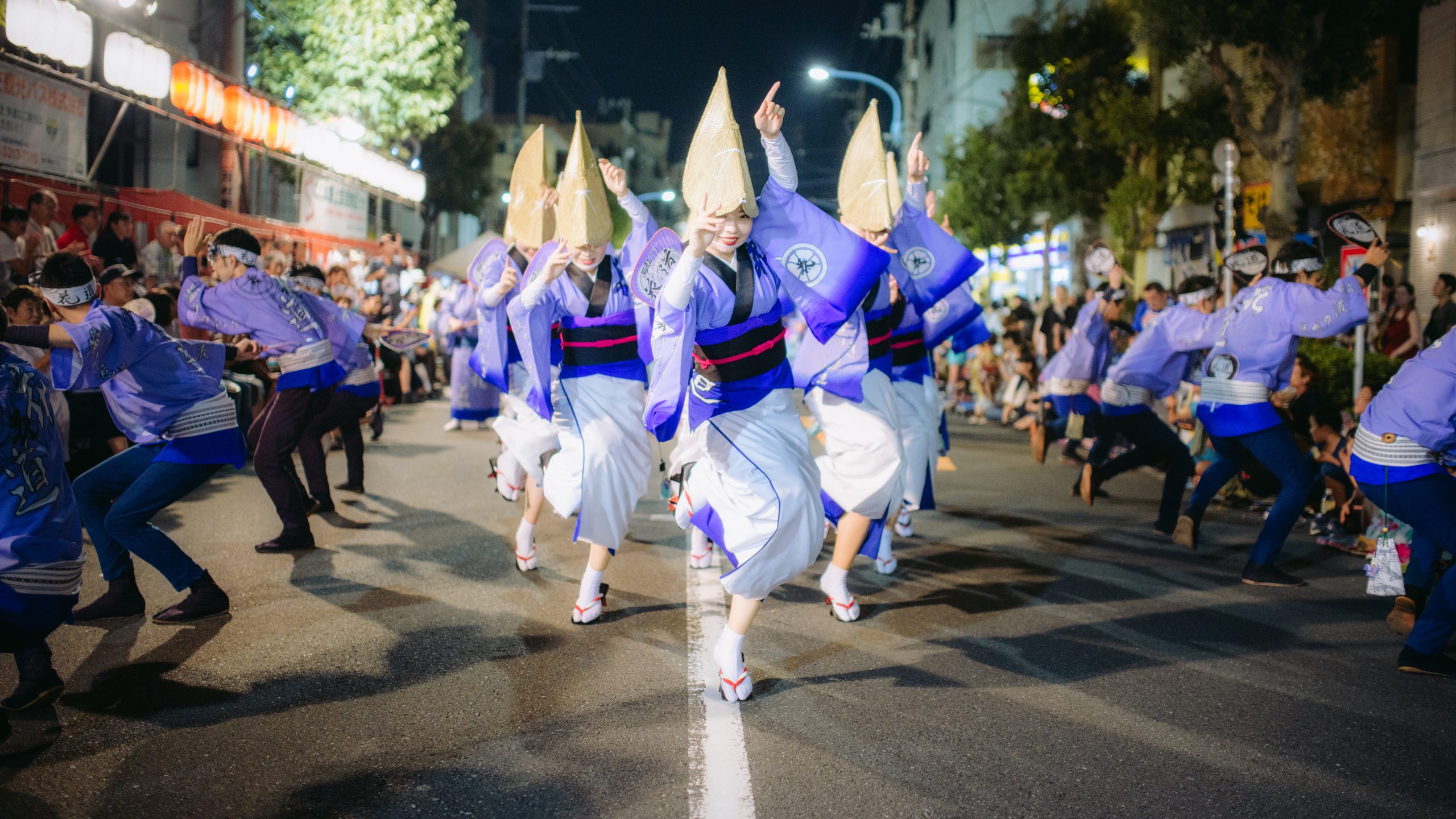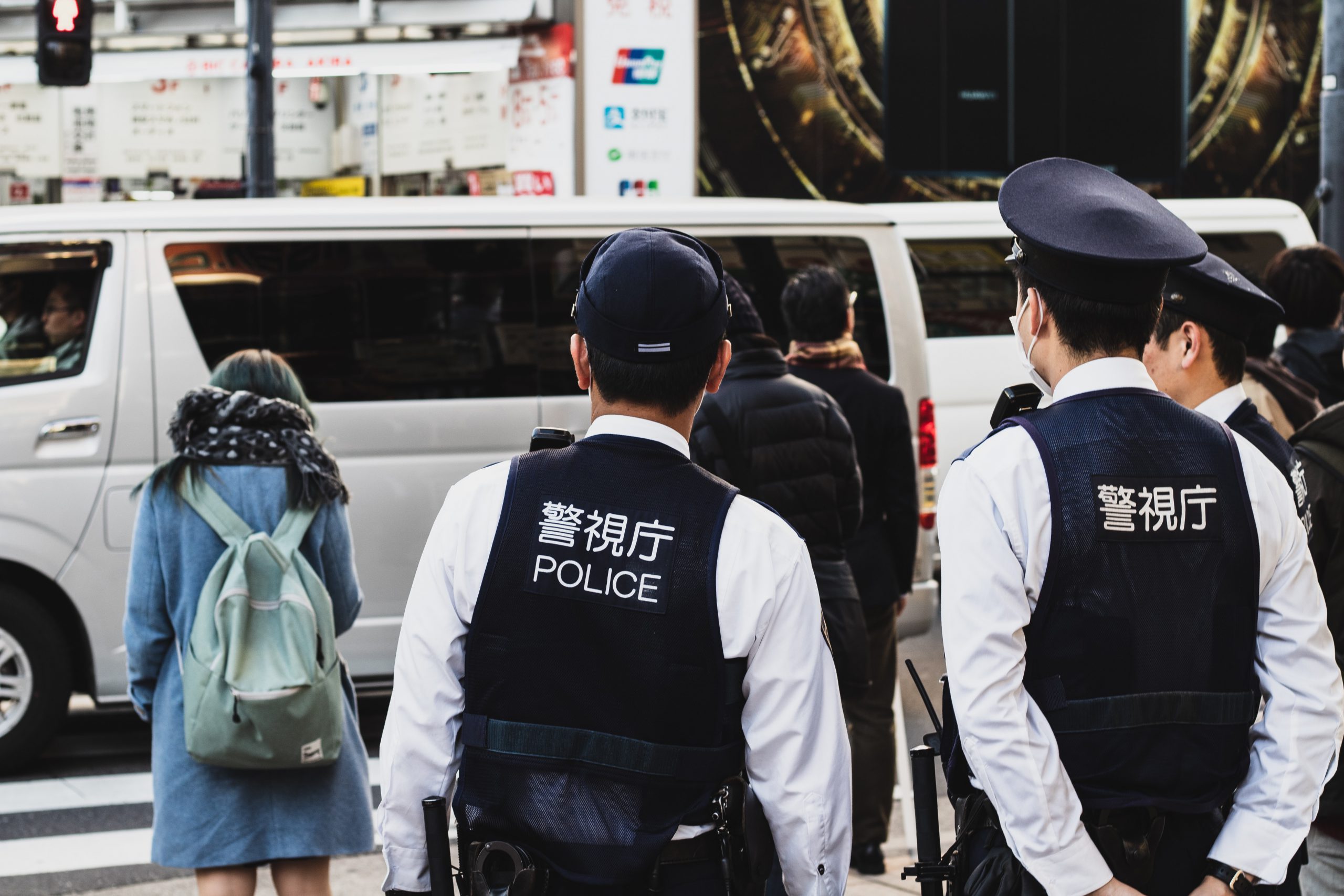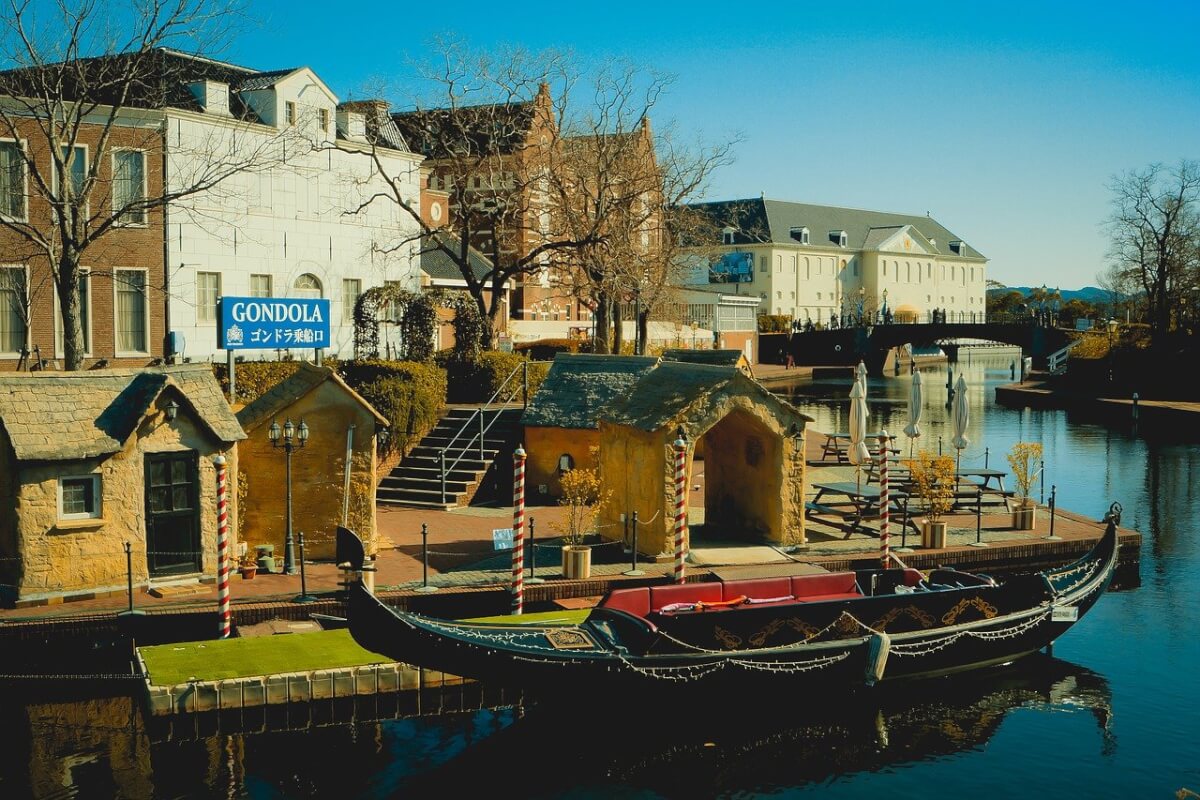In Japan, the summer season also marks the festival season. Festivals are organised all year round but July to September is peak season. Experiencing a Japanese dance festival alone is a great reason to visit Japan, they are unique and a fun experience for participants and visitors alike. One of the most famous summer festivals is Awa Odori, a dance festival with over 400 years of history. Awa Odori is the traditional dance from Tokushima in the Shikoku region, Awa is the former name of the prefecture and Odori means dance. In Tokyo, the first Awa Odori was held in 1957 to bring joy and laughter to the city and give the local town of Koenji located in Suginami-ku a boost. The festival started off small, but now attracts a million of visitors to Koenji, each year in the last weekend of August. Here we’ll give you a run down of the event and how to enjoy the popular summer festival.
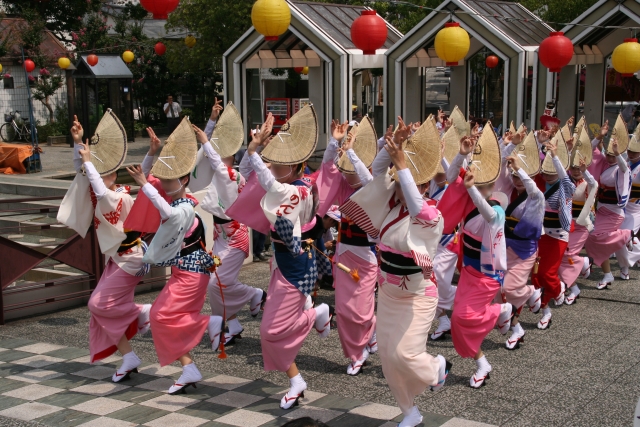
What is Awa Odori
Awa Odori is a traditional Japanese dance festival organised in summer. The lively dance festival originated in Tokushima but is organized throughout Japan today. Tokushima Awa Odori (阿波おどり) is still the biggest of all and is held each year between August 12 and 15 with ten thousands of participants that attract millions of visitors with their dance processions. Groups of dancers called ‘ren’ come from all over the country, and even from abroad, to Tokushima to participate. Some of the ren’s have been practicing the whole year whereas others gather days before the event.
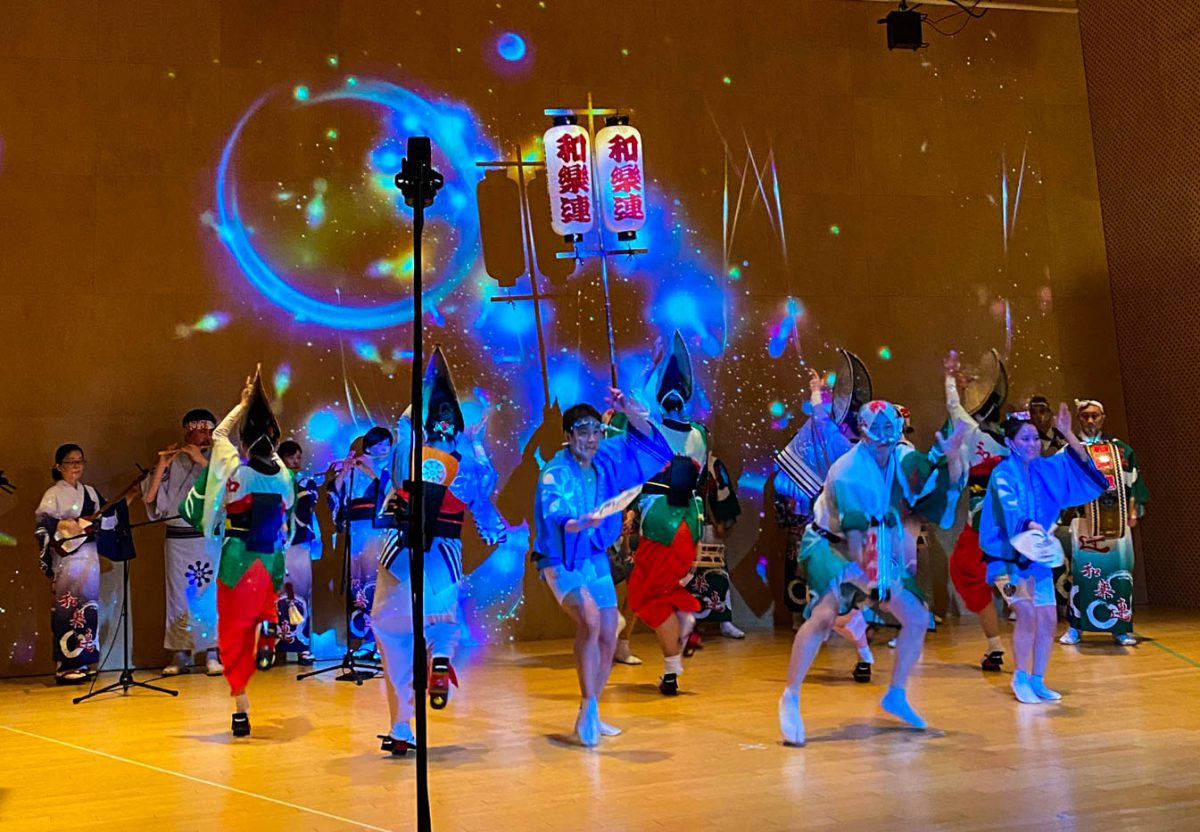
Types of Awa Odori dances
There are three different types of dancing: firstly, the men’s dance where men dance low to the ground, leaning forwards. Secondly, the women’s dance performed by women who dance on the traditional raised geta sandals wearing the iconic braided hats, while dancing they will chant continuously “yatto sa yatto yatto” which translates to “How are you? I am fine”. Lastly, there are the women performing the men’s dance. All participants are wearing traditional Japanese clothing and accessories, women wear a yukata and men are wearing a yukata or happi, both are wearing traditional socks. You can recognize the different ren’s by the colors and patterns of their clothing.

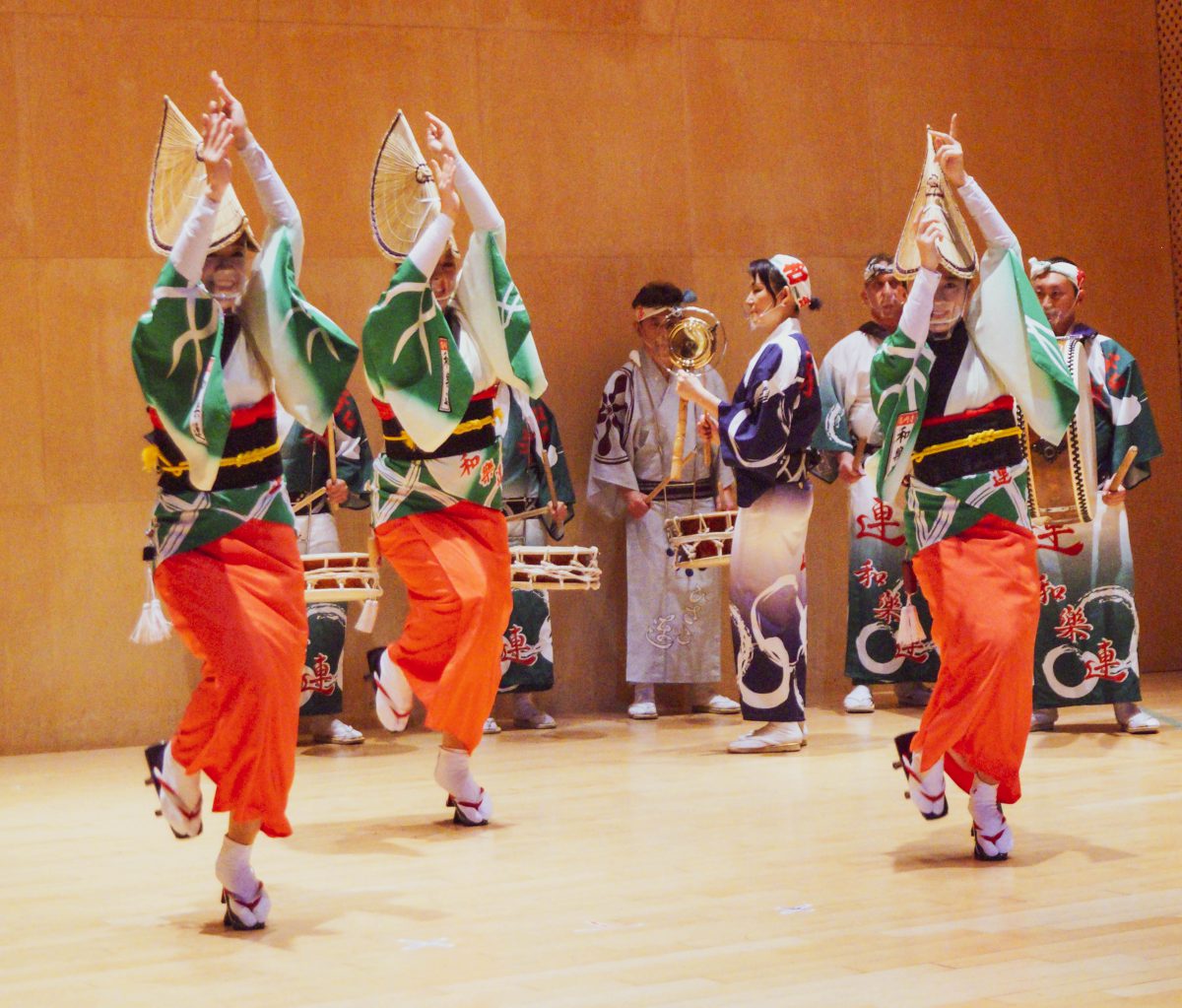
The dance itself might look easy at first, you only need to raise your hands and lead with the same hand and foot as you move forward. But as is often the case, it is much harder than it looks especially when the pace is picking up. In addition, each dance team, known as ren, creates their own unique performances. The women’s dance requires some practice and good balancing skills; they have to lean forwards and put their weight onto their toes while wearing raised geta sandals. One aspect of Awa Odori its’ magic charm is the rich variety and dazzling dance performances that have grown from this simple dance. One performance typically lasts between 10 and 20 minutes, which might sound short but try 10 minutes of walking in a squad-like position and you’ll know it is in fact quite hard.
Tokyo Koenji Awa-odori
Tokyo’s Koenji Awa Odori started off as a festival to revitalize the small shopping streets throughout Koenji in 1957. Initially it only took place in the local shotengai, but over time it has grown into one of Tokyo’s major summer events organised each year in the last weekend of August. About 10,000 dancers attend the festival’s procession and over 1,000,000 spectators visit the two-day festival that now takes place throughout the whole Koenji area. Both evenings between 5pm and 8pm, the streets of Koenji are awakened to the sound of drums of the shime daiko, odaiko and okawa, mixed with the small sounds of the shamisen, a guitar-like instrument with three strings. The main instrument is the fue, a flute that is in charge of the main melody. The bells sound of the kane, Japanese gong will indicate the pace. Moved by the roar of the passionate crowds, the Awa Odori dancers will flow through the town of Koenji across the 8 stages where its route forms the shape of a giant 8.
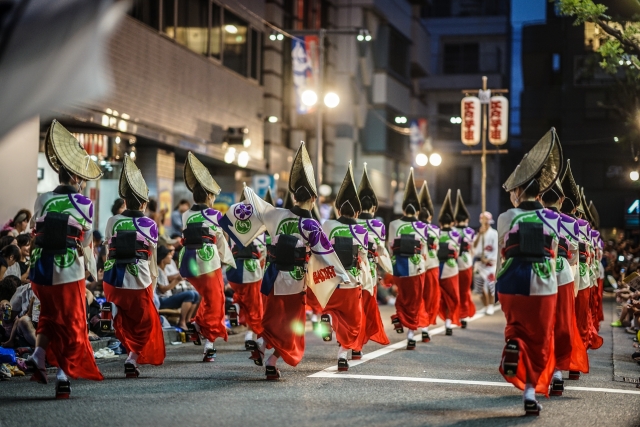
Tokyo Awa Odori Experience Koenji
When you are visiting Tokyo, but you cannot make it to the Awa Odori Festival, it is still possible to take a deep dive into the world of Tokyo Koenji Awaodori. Throughout the year, workshops and other events are organized with live performances of the different ren.
Koenji Awa Odori Tour allows you to learn more of the Koenji’s local history by walking around the town with a local guide, watching the Awa Odori performance and also you can learn the Awa Odori itself trying your own hand at playing instruments and dancing too!
▶Book Koenji Awa Odori Half Day Experience Tour

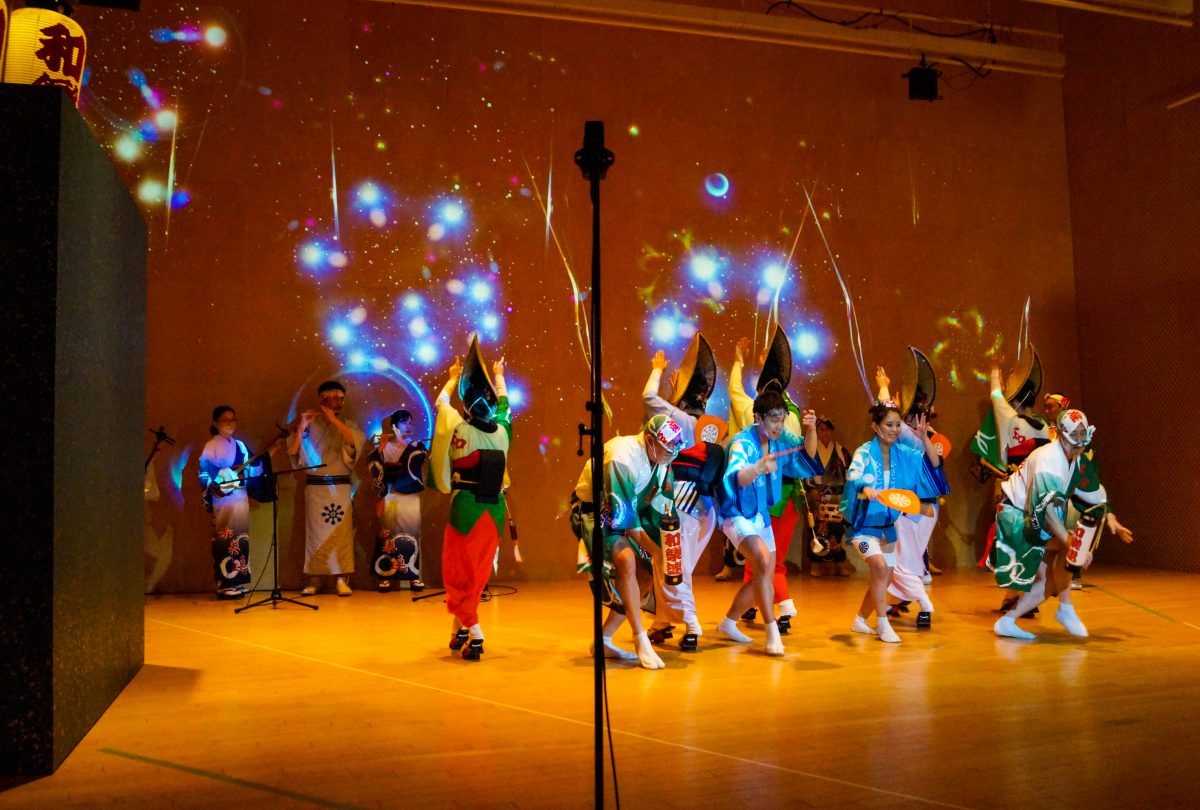
The area of Koenji, located along the Chuo Line, is largely known for this major summer event taking place on the last weekend of August. It is an amazing experience for locals and tourists alike to get a taste of the energetic festival atmosphere. When you are visiting Tokyo in August, enjoy the dance performances, the tunes and all the delicious street food during this very season at Koenji!
Follow us on Instagram, Facebook and Twitter for more travel inspiration. Or tag us to get featured!
Happy travelling!
This post may contain some affiliate links. When you click through and make a purchase we may receive some commission, at no extra costs to you.
